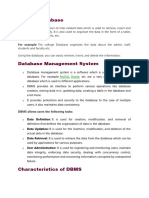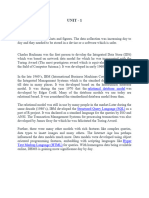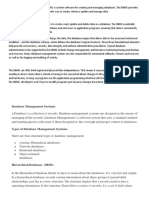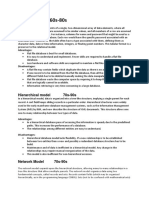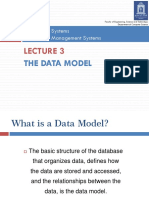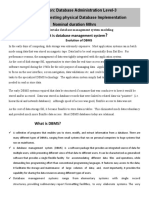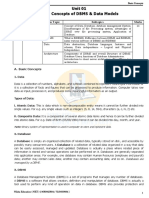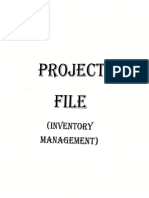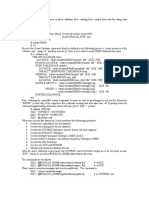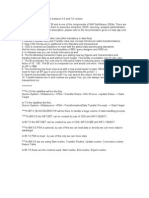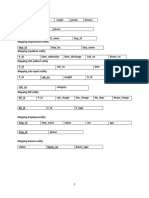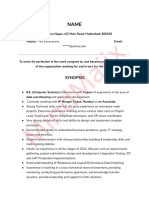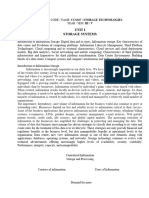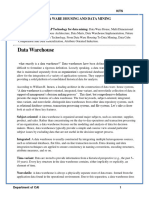0% found this document useful (0 votes)
6 views6 pagesDBMS Lecture 1
A database is an organized electronic collection of data, managed by a Database Management System (DBMS) that facilitates data access and security. Various DBMS examples include MySQL, Oracle Database, and MongoDB, each offering unique features and benefits such as reduced redundancy and improved data integrity. Different data models like Hierarchical, Network, and Relational define how data is structured and accessed, each with its own advantages and disadvantages.
Uploaded by
tanmayladha63Copyright
© © All Rights Reserved
We take content rights seriously. If you suspect this is your content, claim it here.
Available Formats
Download as PDF, TXT or read online on Scribd
0% found this document useful (0 votes)
6 views6 pagesDBMS Lecture 1
A database is an organized electronic collection of data, managed by a Database Management System (DBMS) that facilitates data access and security. Various DBMS examples include MySQL, Oracle Database, and MongoDB, each offering unique features and benefits such as reduced redundancy and improved data integrity. Different data models like Hierarchical, Network, and Relational define how data is structured and accessed, each with its own advantages and disadvantages.
Uploaded by
tanmayladha63Copyright
© © All Rights Reserved
We take content rights seriously. If you suspect this is your content, claim it here.
Available Formats
Download as PDF, TXT or read online on Scribd
/ 6

